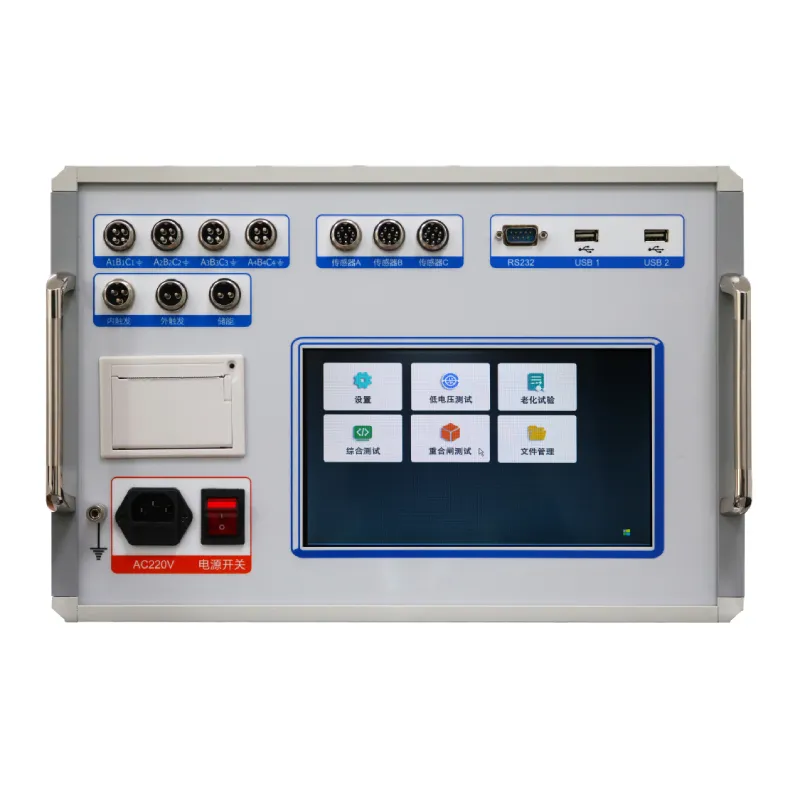 English
English



-
 Afrikaans
Afrikaans -
 Albanian
Albanian -
 Amharic
Amharic -
 Arabic
Arabic -
 Armenian
Armenian -
 Azerbaijani
Azerbaijani -
 Basque
Basque -
 Belarusian
Belarusian -
 Bengali
Bengali -
 Bosnian
Bosnian -
 Bulgarian
Bulgarian -
 Catalan
Catalan -
 Cebuano
Cebuano -
 China
China -
 China (Taiwan)
China (Taiwan) -
 Corsican
Corsican -
 Croatian
Croatian -
 Czech
Czech -
 Danish
Danish -
 Dutch
Dutch -
 English
English -
 Esperanto
Esperanto -
 Estonian
Estonian -
 Finnish
Finnish -
 French
French -
 Frisian
Frisian -
 Galician
Galician -
 Georgian
Georgian -
 German
German -
 Greek
Greek -
 Gujarati
Gujarati -
 Haitian Creole
Haitian Creole -
 hausa
hausa -
 hawaiian
hawaiian -
 Hebrew
Hebrew -
 Hindi
Hindi -
 Miao
Miao -
 Hungarian
Hungarian -
 Icelandic
Icelandic -
 igbo
igbo -
 Indonesian
Indonesian -
 irish
irish -
 Italian
Italian -
 Japanese
Japanese -
 Javanese
Javanese -
 Kannada
Kannada -
 kazakh
kazakh -
 Khmer
Khmer -
 Rwandese
Rwandese -
 Korean
Korean -
 Kurdish
Kurdish -
 Kyrgyz
Kyrgyz -
 Lao
Lao -
 Latin
Latin -
 Latvian
Latvian -
 Lithuanian
Lithuanian -
 Luxembourgish
Luxembourgish -
 Macedonian
Macedonian -
 Malgashi
Malgashi -
 Malay
Malay -
 Malayalam
Malayalam -
 Maltese
Maltese -
 Maori
Maori -
 Marathi
Marathi -
 Mongolian
Mongolian -
 Myanmar
Myanmar -
 Nepali
Nepali -
 Norwegian
Norwegian -
 Norwegian
Norwegian -
 Occitan
Occitan -
 Pashto
Pashto -
 Persian
Persian -
 Polish
Polish -
 Portuguese
Portuguese -
 Punjabi
Punjabi -
 Romanian
Romanian -
 Russian
Russian -
 Samoan
Samoan -
 Scottish Gaelic
Scottish Gaelic -
 Serbian
Serbian -
 Sesotho
Sesotho -
 Shona
Shona -
 Sindhi
Sindhi -
 Sinhala
Sinhala -
 Slovak
Slovak -
 Slovenian
Slovenian -
 Somali
Somali -
 Spanish
Spanish -
 Sundanese
Sundanese -
 Swahili
Swahili -
 Swedish
Swedish -
 Tagalog
Tagalog -
 Tajik
Tajik -
 Tamil
Tamil -
 Tatar
Tatar -
 Telugu
Telugu -
 Thai
Thai -
 Turkish
Turkish -
 Turkmen
Turkmen -
 Ukrainian
Ukrainian -
 Urdu
Urdu -
 Uighur
Uighur -
 Uzbek
Uzbek -
 Vietnamese
Vietnamese -
 Welsh
Welsh -
 Bantu
Bantu -
 Yiddish
Yiddish -
 Yoruba
Yoruba -
 Zulu
Zulu
tan delta test for ct
Understanding the Tan Delta Test for Capacitive Testing in Electrical Equipment
The Tan Delta Test, also known as the Power Factor Test, is a critical diagnostic tool used in the assessment of electrical insulation systems, particularly in capacitors and transformers. It provides valuable insights into the condition of insulating materials, which are essential for the stable and safe operation of electrical equipment.
What is Tan Delta?
The term Tan Delta refers to the tangent of the delta angle in the context of an electrical system's capacitive behavior. In practical terms, it serves as a measure of the power factor of insulation. The power factor indicates how effectively a capacitor can store electrical energy compared to how much is lost as heat due to insulation's dielectric losses. The higher the Tan Delta value, the poorer the insulation quality, as it suggests higher energy loss and potential degradation.
Importance of the Tan Delta Test
1. Preventive Maintenance Regular Tan Delta testing is crucial for predictive maintenance strategies. By monitoring the changes in Tan Delta values over time, maintenance teams can identify potential insulation failures before they lead to costly equipment downtime or catastrophic failures.
2. Condition Assessment The Tan Delta Test allows engineers to evaluate the health of insulation systems. It offers a quantitative measure that can be used alongside other diagnostic techniques to form a comprehensive picture of the insulation's condition.
3. Longevity and Reliability By incorporating Tan Delta testing into routine maintenance schedules, organizations can prolong the lifespan of electrical equipment. Identifying insulation deterioration early on can lead to timely repairs or replacements, ultimately enhancing system reliability.
Conducting the Tan Delta Test
tan delta test for ct

The Tan Delta Test is typically conducted using specialized testing equipment that applies a voltage to the insulation system. The process involves the following steps
1. Preparation Ensure that the equipment is isolated from the power supply and any connected load during testing. Safety measures should be prioritized, as high voltages are employed.
2. Setup The test equipment is connected to the insulation system being evaluated. This usually involves connecting the measuring instruments to the terminals of the capacitor or transformer.
3. Testing The equipment applies an AC voltage to the insulation, and the resulting currents are measured. Both the capacitive current (which is ideal) and the dielectric loss current (which indicates poor insulation) are recorded.
4. Calculation The Tan Delta is calculated using the formula \[ \text{Tan Delta} = \frac{\text{Dielectric Loss Current}}{\text{Capacitive Current}} \] This results in a dimensionless ratio that is then expressed as a percentage for practical interpretation.
Interpreting Test Results
The results from a Tan Delta test can yield critical insights. A Tan Delta value of less than 0.1% is generally acceptable for most applications, indicating that the insulation is robust. Values exceeding this threshold may suggest potential issues requiring further investigation. Furthermore, consistent monitoring of Tan Delta values can reveal trends that could indicate degradation or emerging faults in the insulation system.
Conclusion
The Tan Delta Test serves as an essential tool in the maintenance and assessment of electrical insulation systems. By providing a clear indication of insulation health, it not only aids in preventing catastrophic failures but also enhances the overall efficiency and reliability of electrical equipment. As industries increasingly rely on technology, understanding and implementing such diagnostic tests will play a pivotal role in the safe management of electrical systems, ensuring they remain reliable for years to come.
-
Using Distillation Range Testers in the Food and Beverage IndustryNewsApr.16,2025
-
The Impact of IoT on Distillation Range Tester PerformanceNewsApr.16,2025
-
The Best Distillation Range Testers for Extreme ConditionsNewsApr.16,2025
-
How Distillation Range Testers Save Time and MoneyNewsApr.16,2025
-
Distillation Devices for Advanced Separation TechniquesNewsApr.16,2025
-
Common Mistakes to Avoid When Using a Distillation Range TesterNewsApr.16,2025



